Introduction to Bobby Fischer's Chess Set
Robert James Bobby Fischer, born in 1943, remains one of the most influential and enigmatic figures in chess history. Known for his tactical sharpness, innovative strategies, and unpredictable temperament, Fischer's legacy extends beyond his numerous victories, capturing the 1972 World Chess Championship in a historic match against Boris Spassky. A significant yet often overlooked aspect of his chess legacy is the specific type of chess set Fischer preferred during his games. This article delves into the characteristics of the chess set used by Bobby Fischer, its historical significance, and its impact on chess culture.
The Influence of Bobby Fischer on Chess
Before exploring the specific chess set Fischer favored, it’s crucial to understand his impact on the chess world. Bobby Fischer is credited with popularizing chess in the United States and globally during the 20th century. His victory during the Cold War era symbolized a significant psychological achievement over the Soviet dominance in chess. Fischer's unique style and his demands for the conditions under which he played, including the physical chess equipment, have left a lasting impression.
The Chess Sets Fischer Favored
Bobby Fischer was known for his precise and particular nature, not only about his chess strategy but also regarding the equipment used in his games. Throughout his career, Fischer used various chess sets, which included the Dubrovnik, Reykjavik, and the Sveti Stefan/Belgrade Candidates Set. Each of these sets has its history and connection to Fischer, highlighting his preferences and influence on the designs that multiple chess players continue to use today.
The Dubrovnik Chess Set
The Dubrovnik chess set holds a special place in the history of chess as it is one of the specific types Fischer expressly admired and used during the 1950s and 60s, notably in the 1959 Candidates Tournament. The Dubrovnik set was originally created in 1950, commissioned to celebrate the 9th Chess Olympiad held in Dubrovnik, Yugoslavia.
The pieces of the Dubrovnik set are distinguishable by their simple yet elegant design: no religious symbols, sleek, columnar structures, and distinct, recognizable shapes for each piece, which is something that Fischer particularly appreciated. The set’s design was intended to emphasize functionality and clarity on the chessboard. Fischer’s preference for the Dubrovnik set was due to its straightforward and undistracting style, which enhanced his concentration and strategic thinking during games.
Dubrovnik chess pieces - my chess sets
The Reykjavik Chess Set
Another significant chess set associated with Bobby Fischer is the Reykjavik set. This set was designed for and used during the historic 1972 World Chess Championship in Reykjavik, Iceland, where Fischer played against Boris Spassky. The match was one of the most publicized moments in chess history and marked a peak in Fischer's career.
The Reykjavik chess pieces are characterized by their modern look and functional elegance, similar in minimalism to the Dubrovnik set but with some stylistic differences in the knights and other pieces. The design was sleek, made of high-quality wood, and it provided the visual clarity Fischer favored, playing a pivotal role in the highly visual and mentally taxing games played during the championship.
The Sveti Stefan/Belgrade Candidates Set
In 1970, during the Candidates Matches held partly in Belgrade, Yugoslavia, and partly in Sveti Stefan, Montenegro, Fischer also used a distinctive set of chess pieces. Known among collectors and chess aficionados as the Sveti Stefan/Belgrade Candidates Set, these pieces featured a robust, heavy design with a classical feel that differed from the minimalism of the Dubrovnik and Reykjavik sets but still met Fischer’s high standards for quality and visual clarity.
The design of the Sveti Stefan/Belgrade set includes heavier bases and a more detailed knight compared to the simpler styles of the other sets Fischer favored. This set was reportedly favored by Fischer for the stability of the pieces and their classic aesthetics.
The Legacy of Fischer’s Chess Sets
Bobby Fischer's preference in chess sets has had a profound effect on the designs of chess equipment used in competitions around the world today. His endorsement of certain types of chess sets helped to standardize the styles of pieces used in official tournaments, emphasizing a balance between aesthetic appeal and practical functionality.
The emphasis on clarity and simplicity in the design of chess sets is reflective of Fischer’s strategic approach to the game itself. His legacy in chess set design is seen in the continuing popularity of the Dubrovnik, Reykjavik, and Sveti Stefan/Belgrade sets, which remain in production and are highly sought after by collectors and players alike.
Conclusion
Bobby Fischer’s meticulous attention to the tools of his trade—chess sets with which he battled some of the greatest minds in the history of the game—reveals another layer of his genius. The sets Fischer used and admired tell a story of a man whose demand for visual clarity and unobstructed thought guided his every decision, both on and off the chessboard.
Today, the legacy of Fischer’s chess sets continues to influence modern chess culture, ensuring that the aesthetics of chess pieces remain a key factor in the design and production of chess sets worldwide. Fischer’s chess sets are not merely tools for the game; they are artifacts of chess history and exemplifications of the lasting impact of Bobby Fischer on the sport.




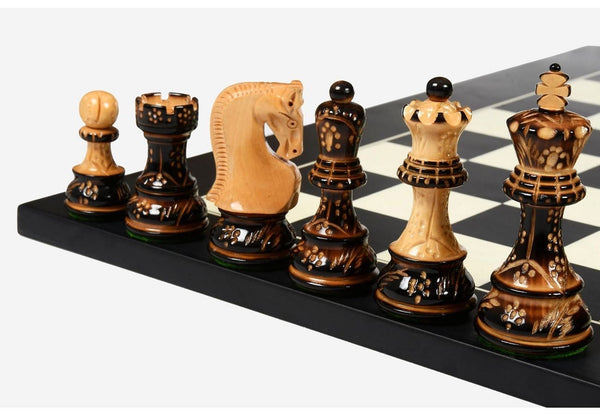
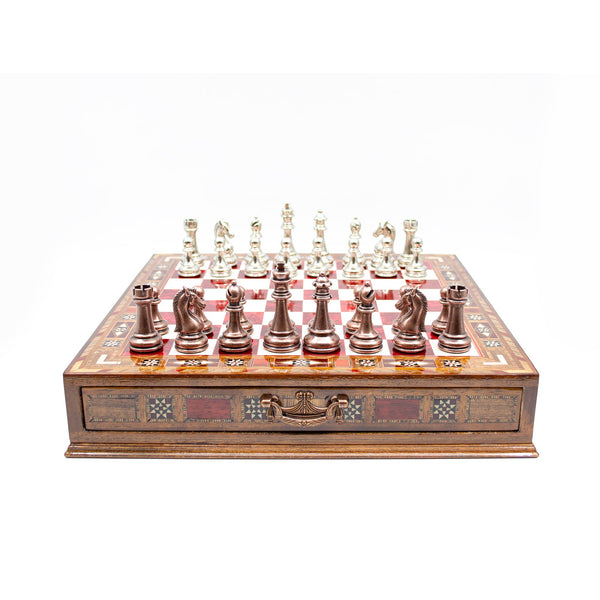
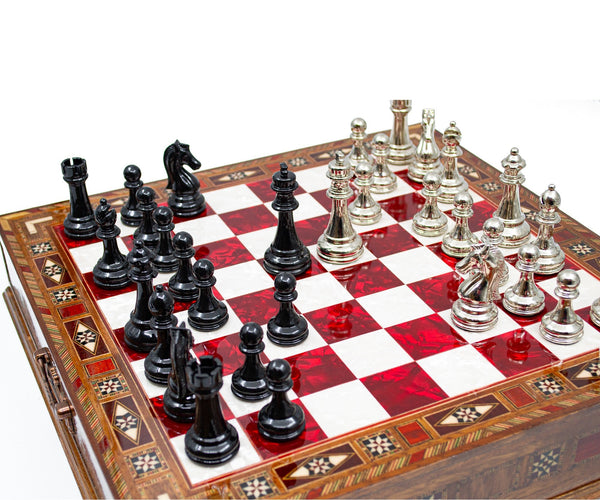
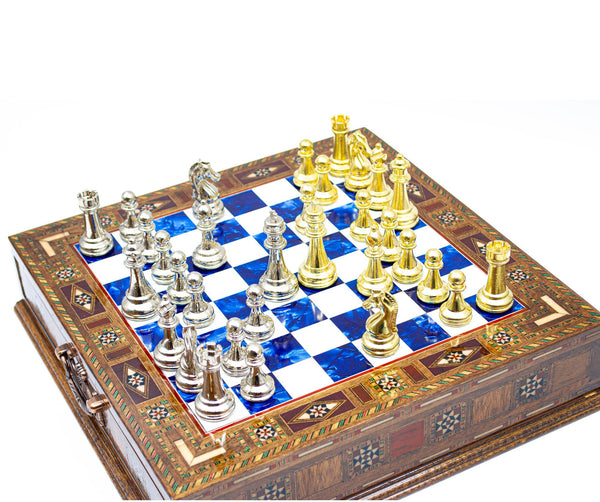
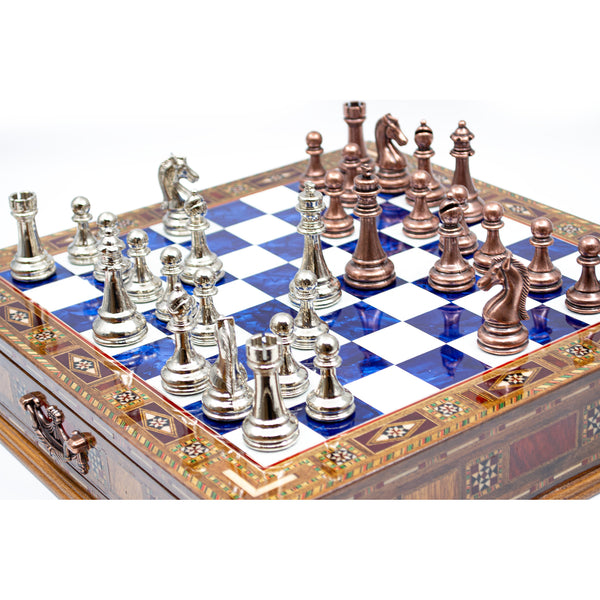
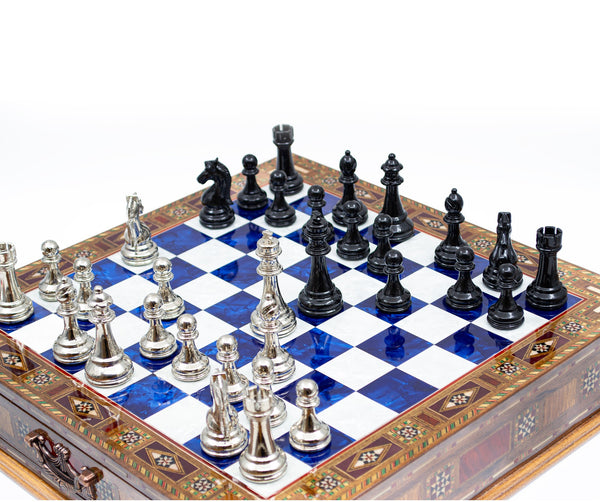



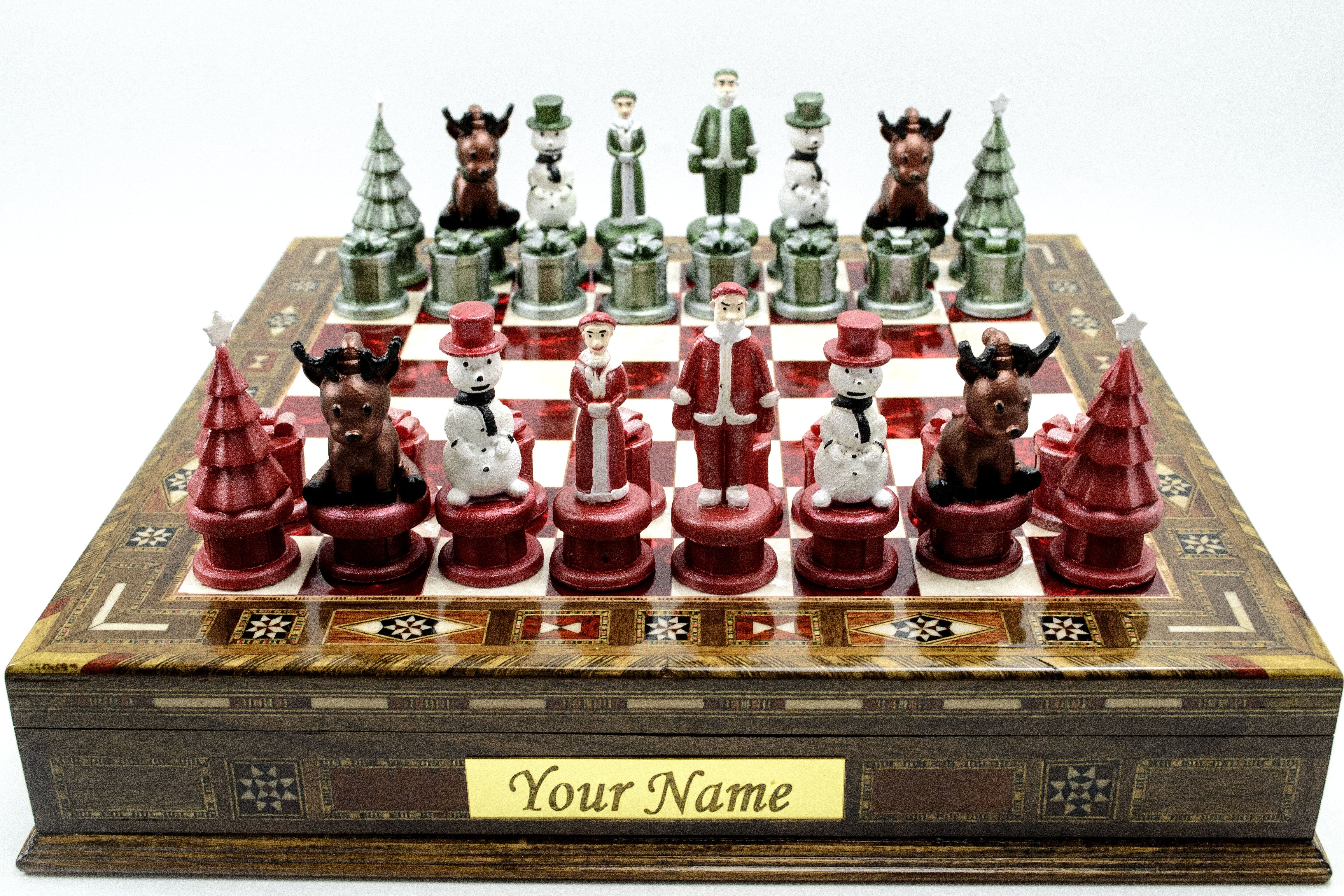




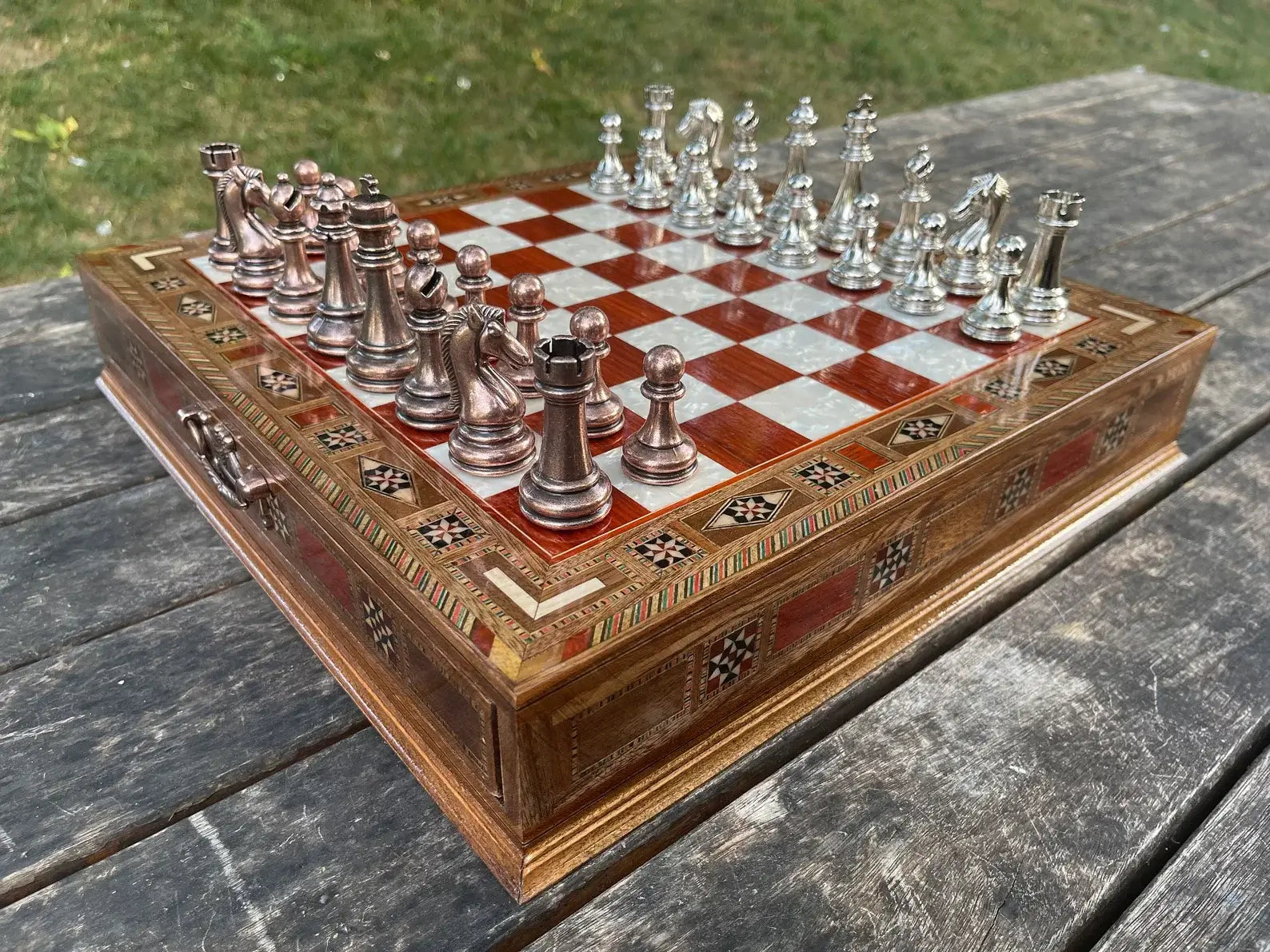
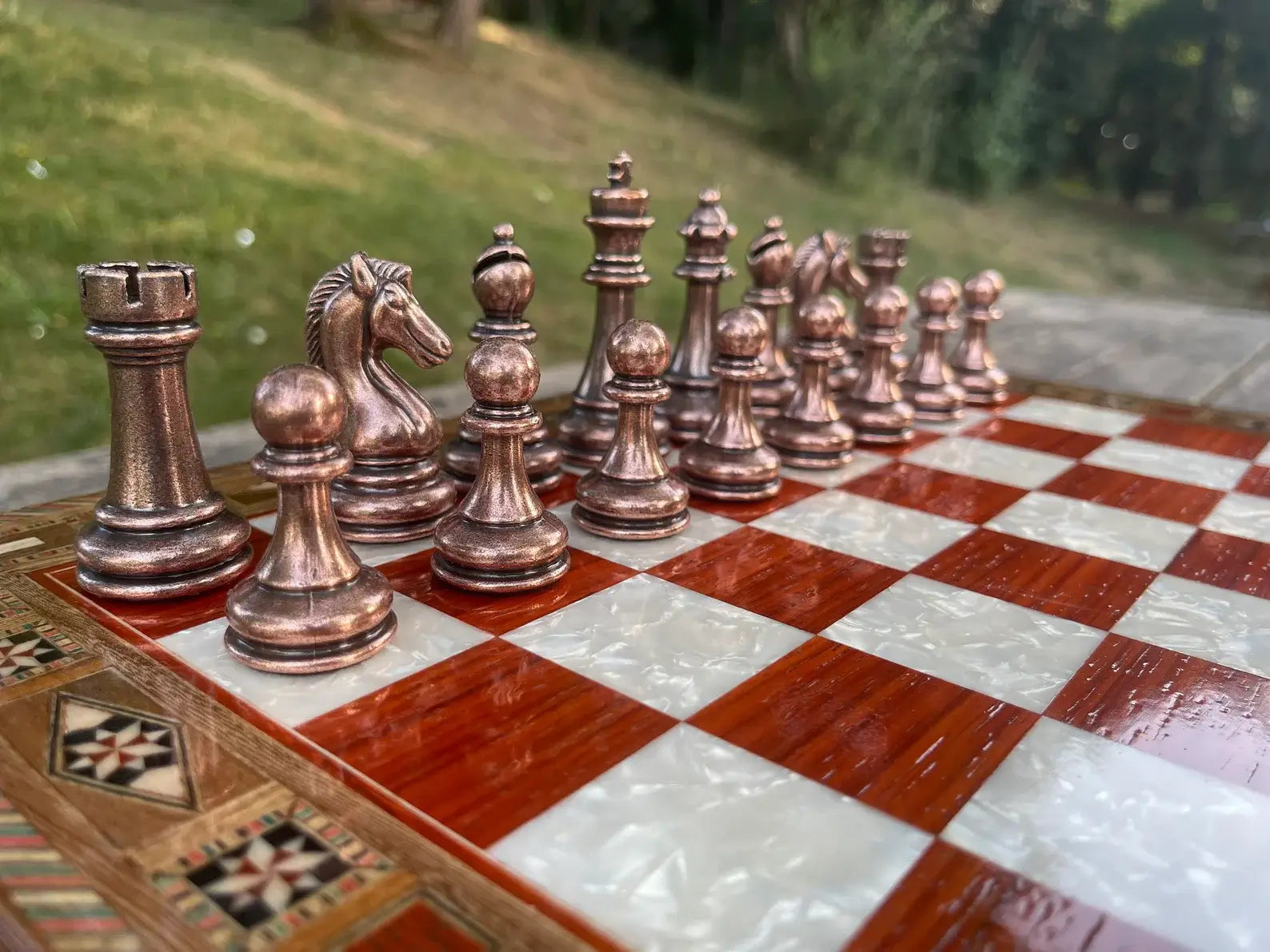
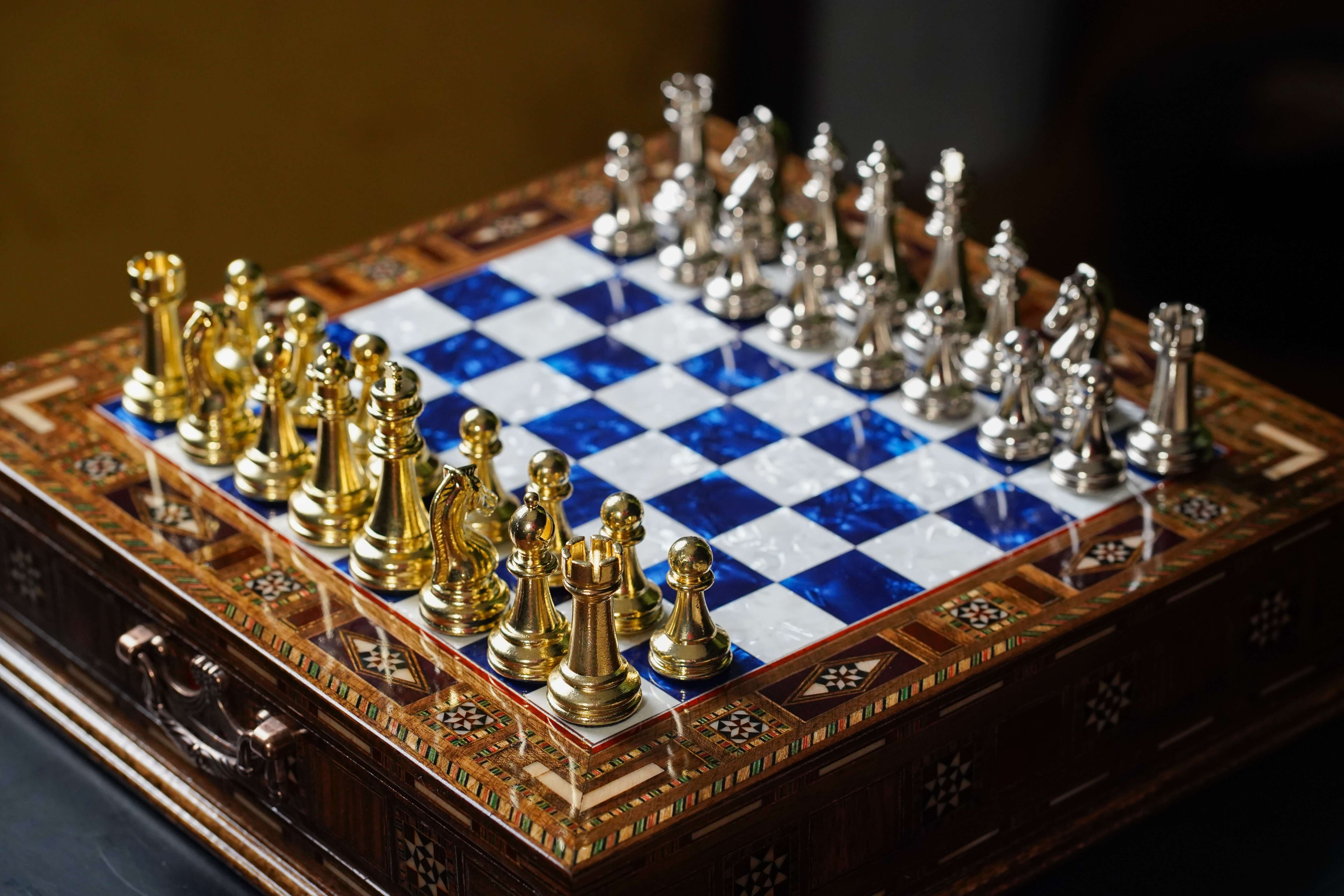
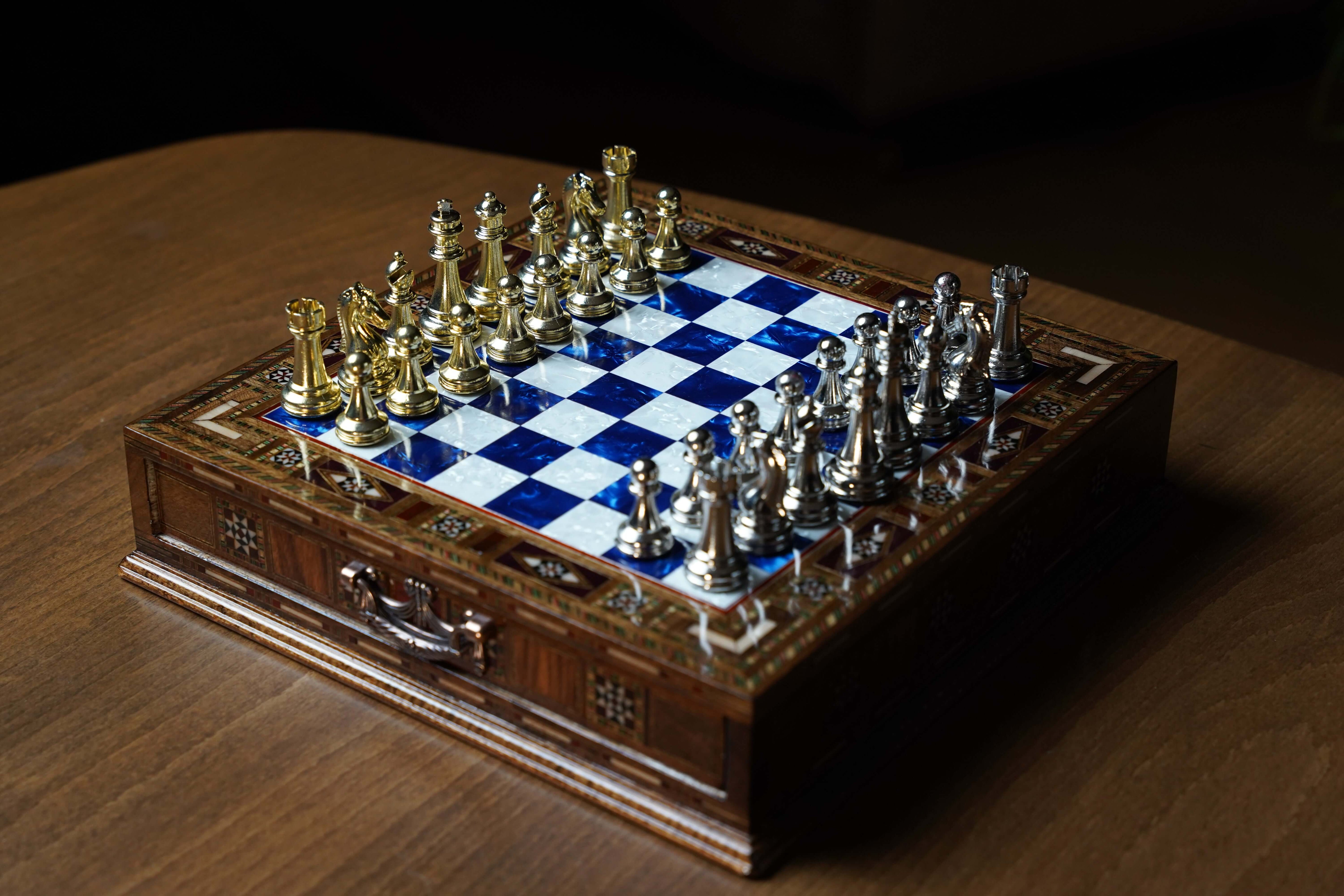
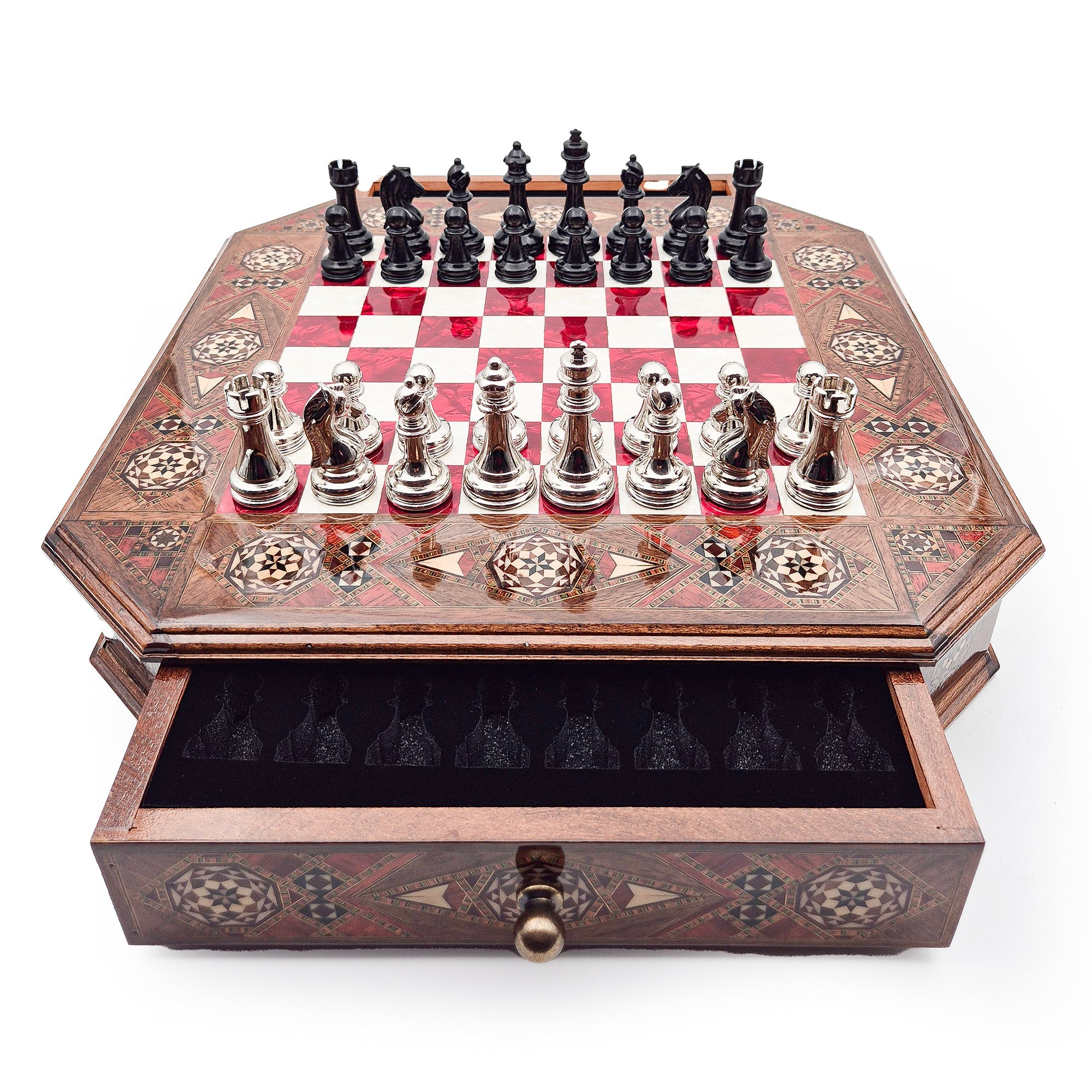
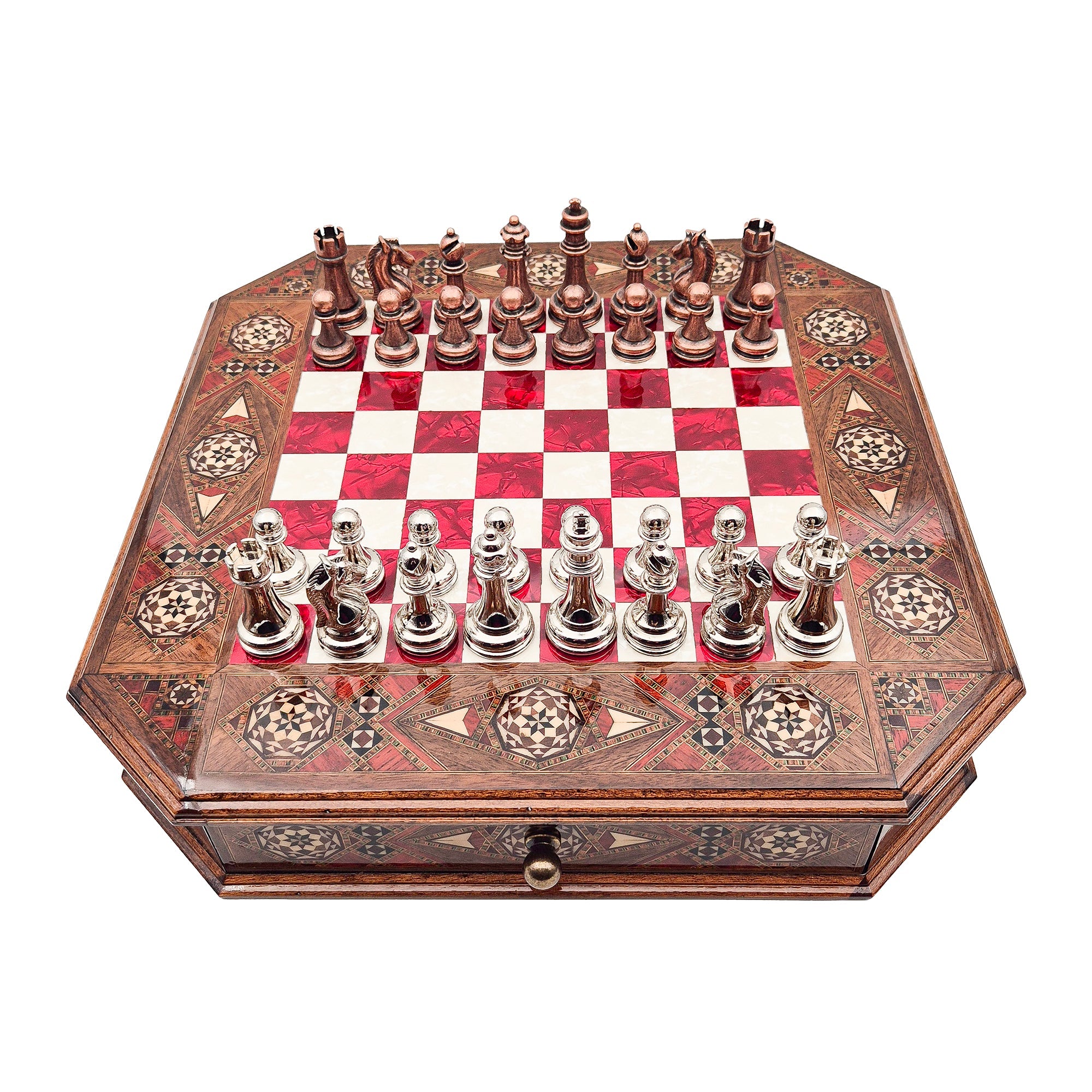
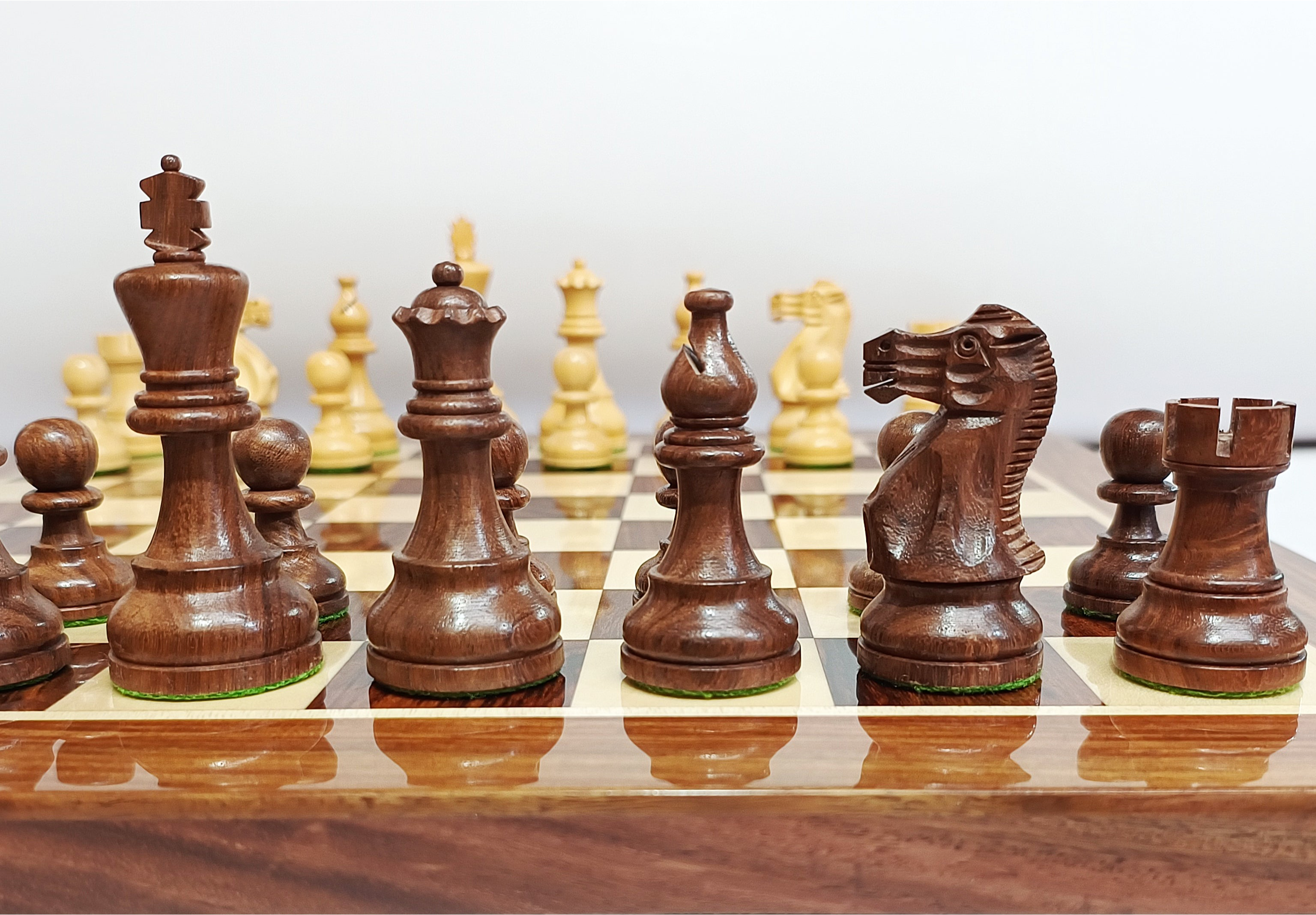

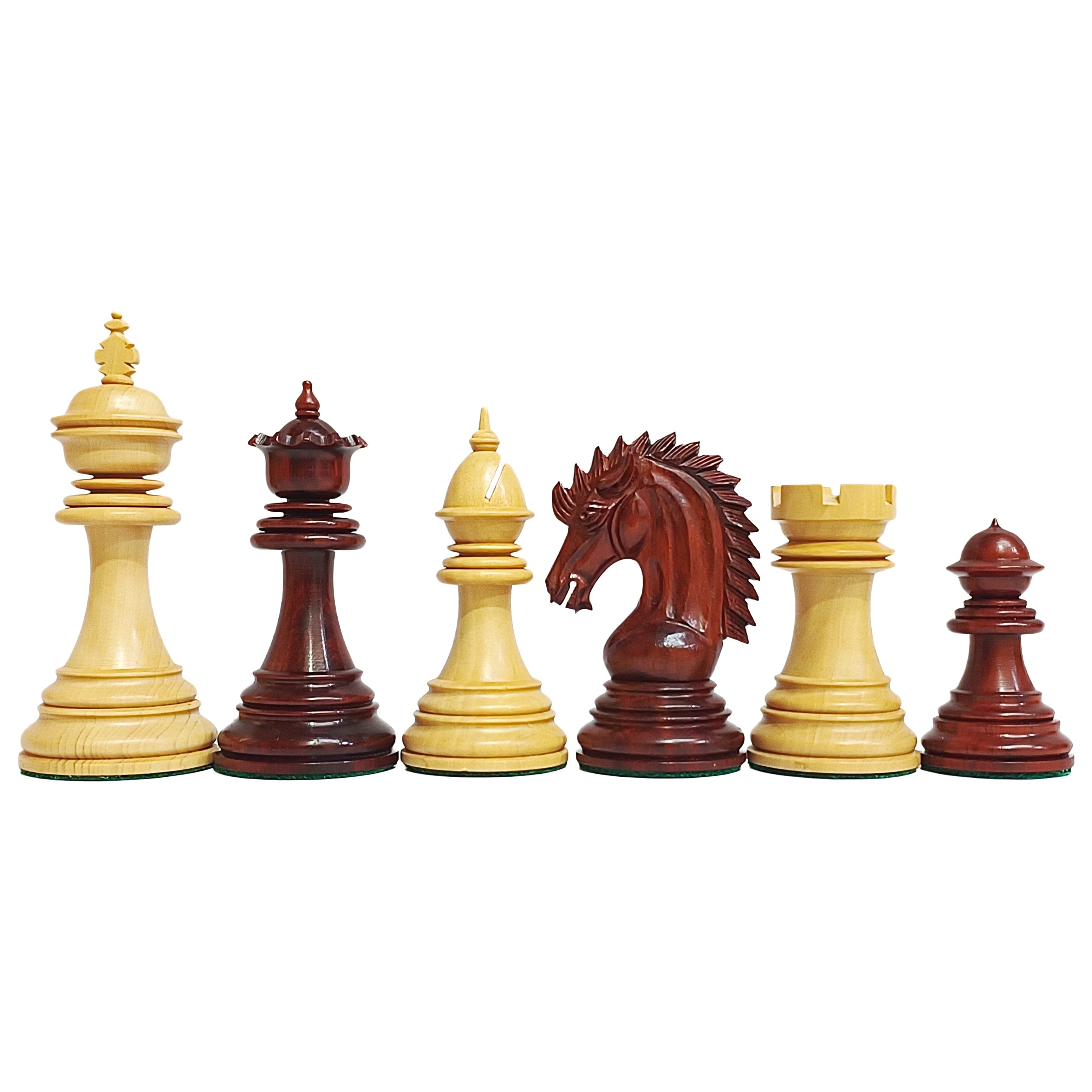
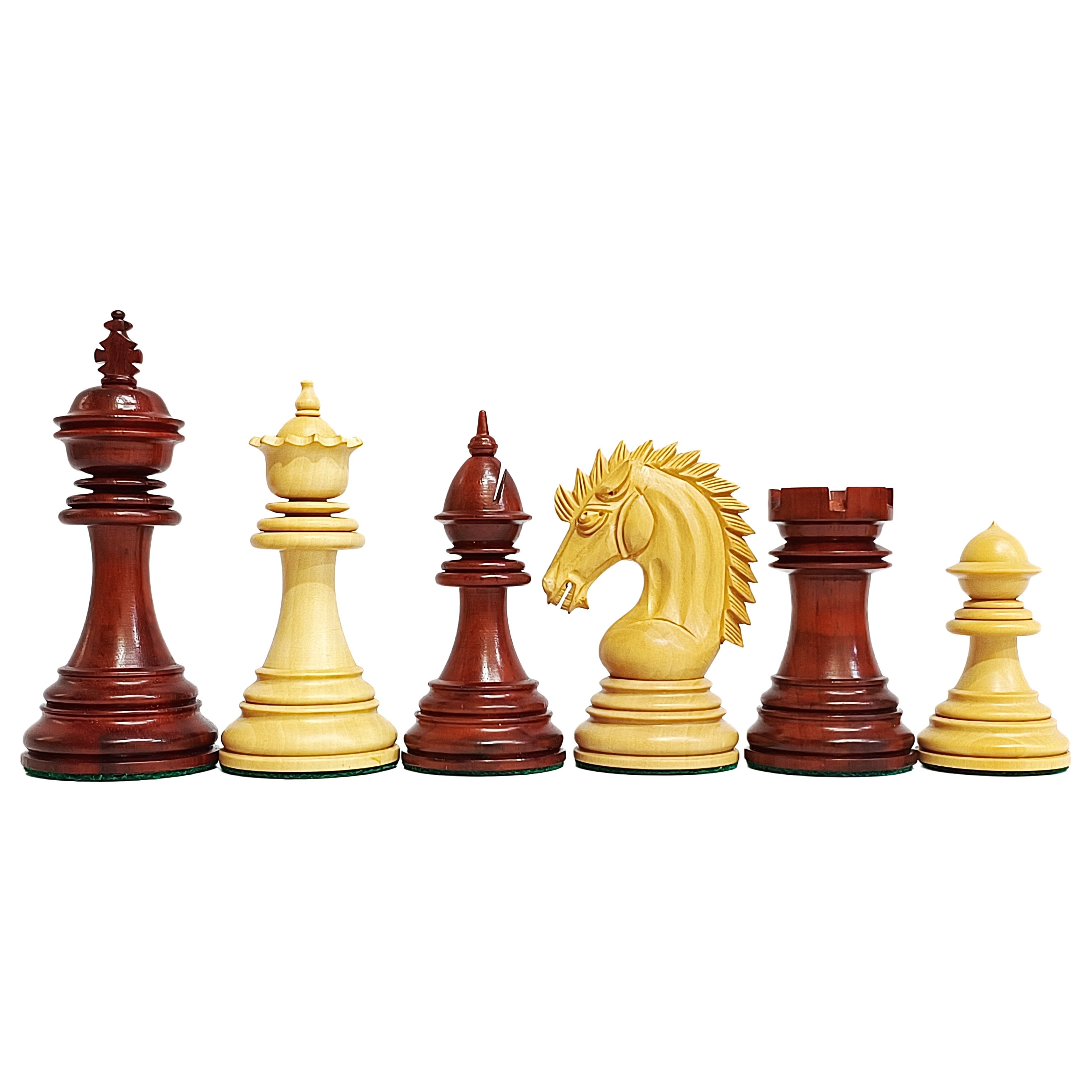


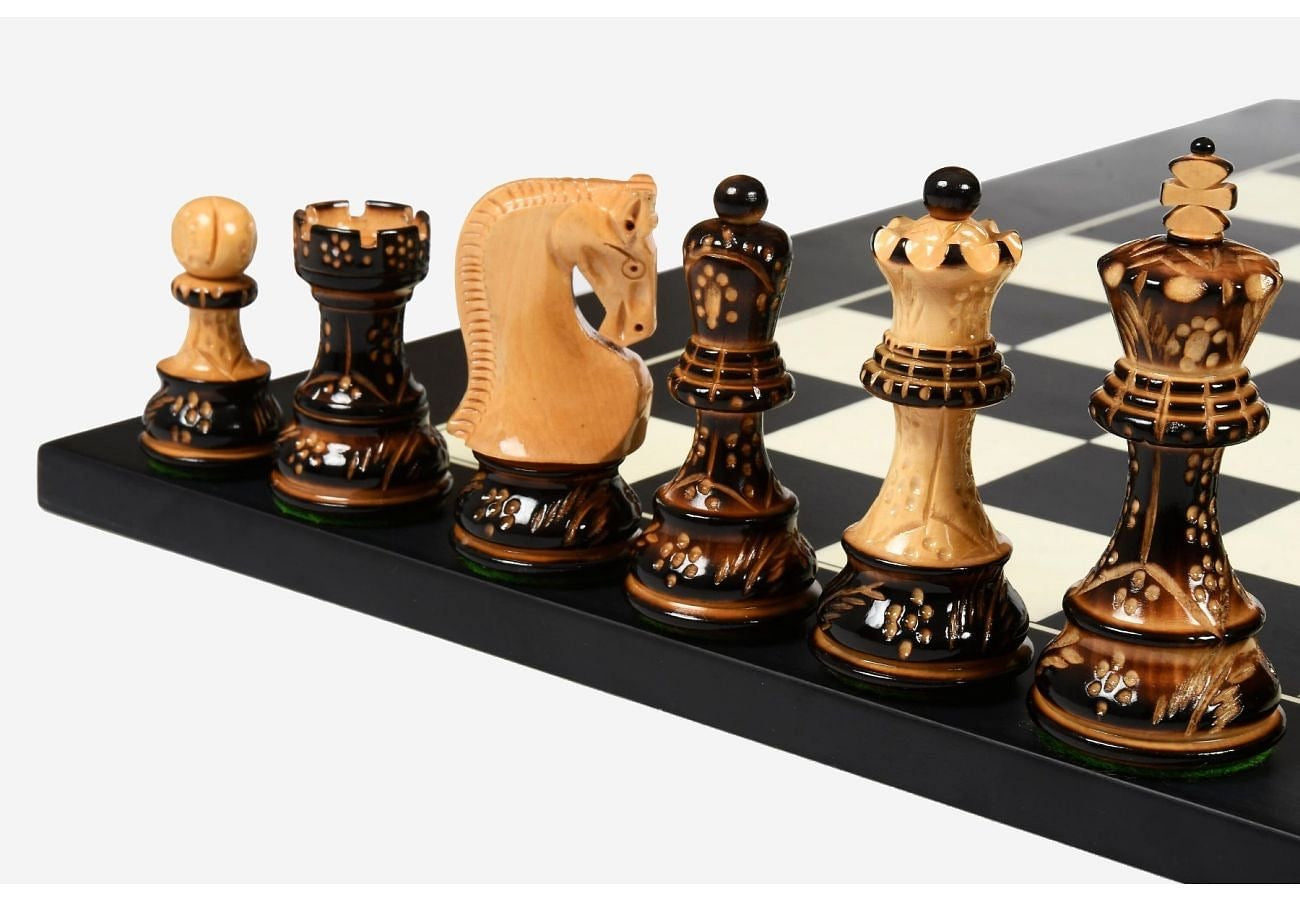
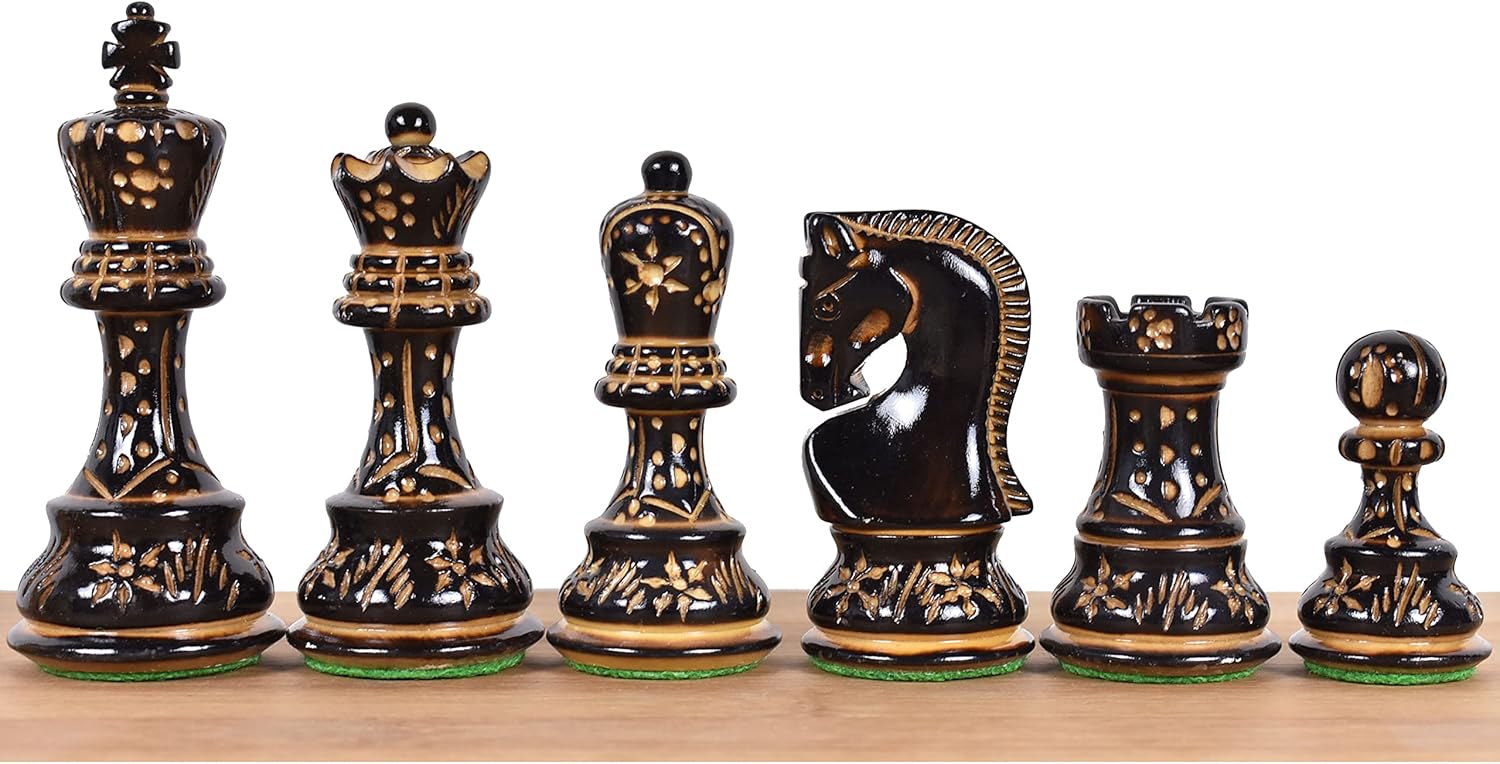
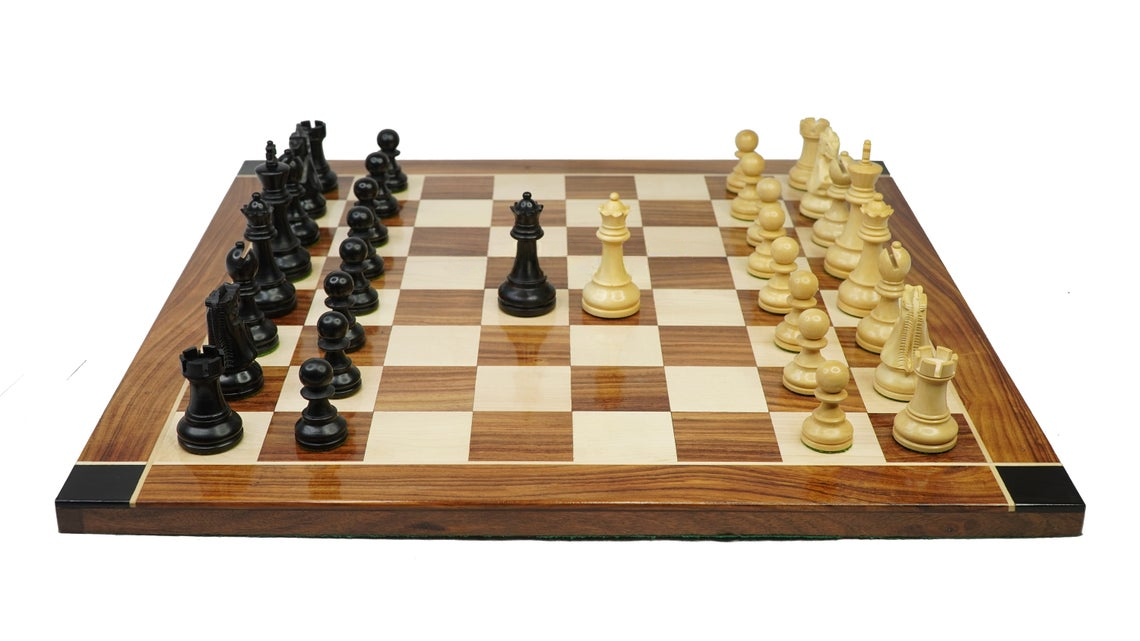

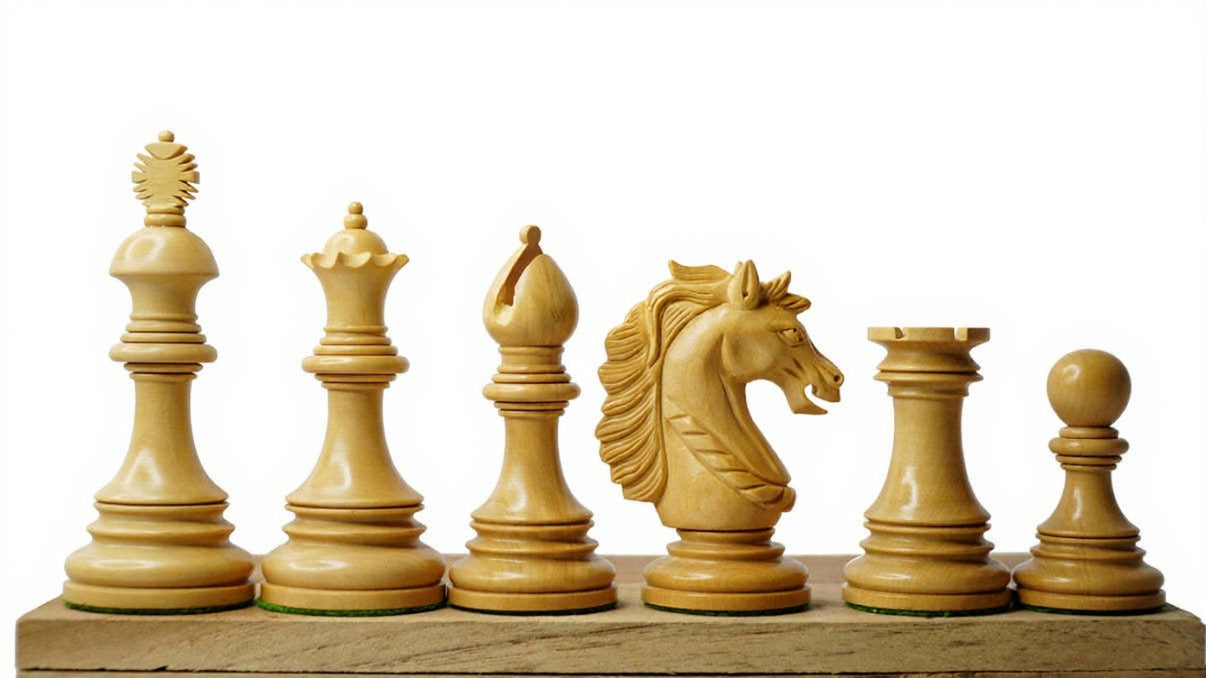
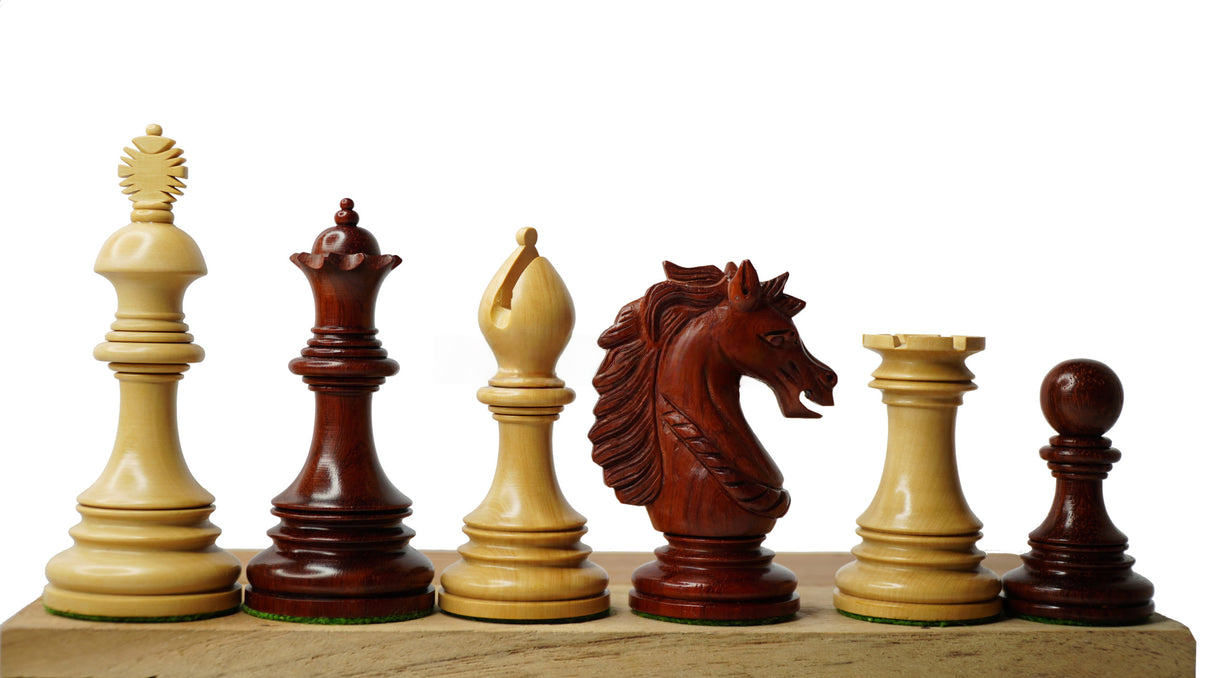
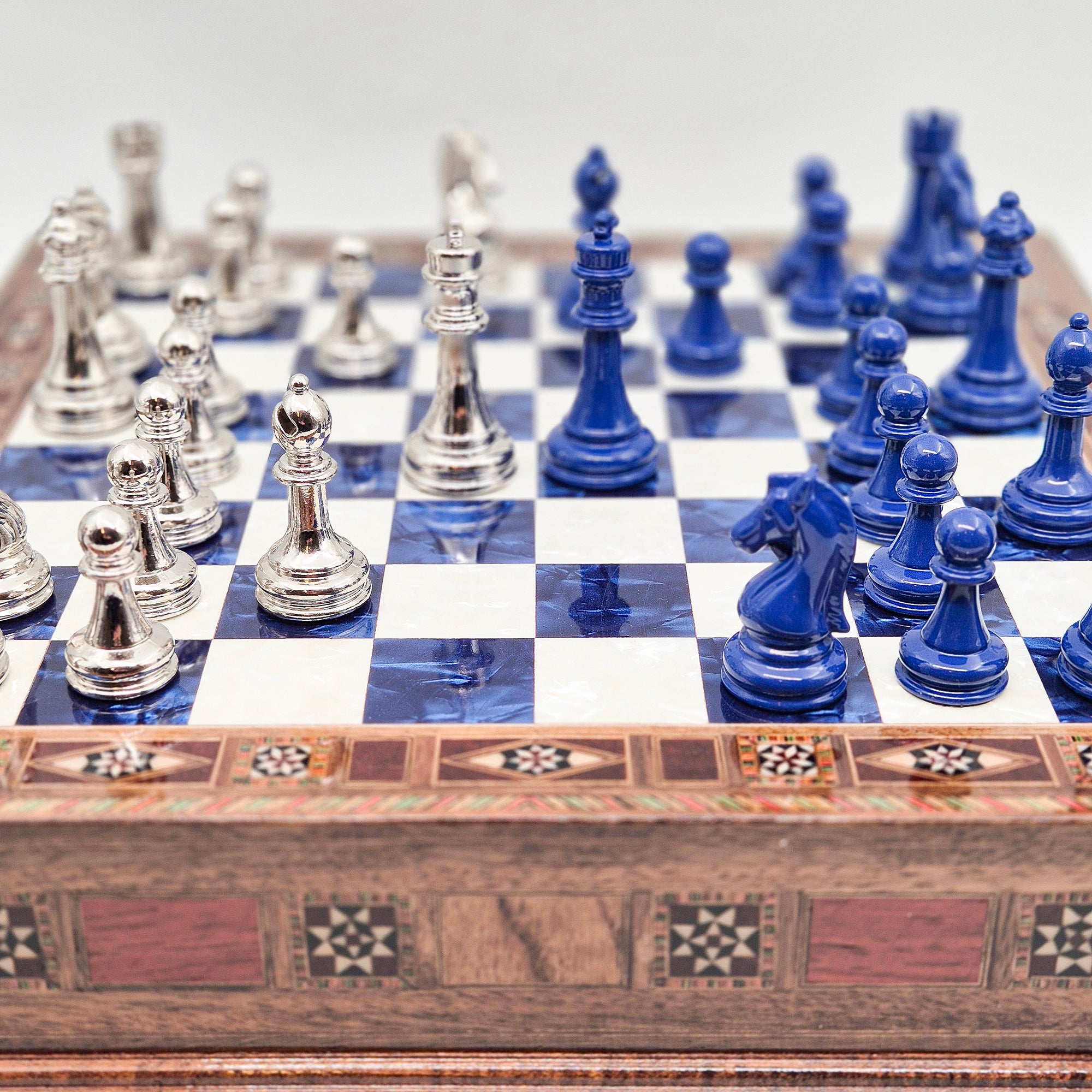


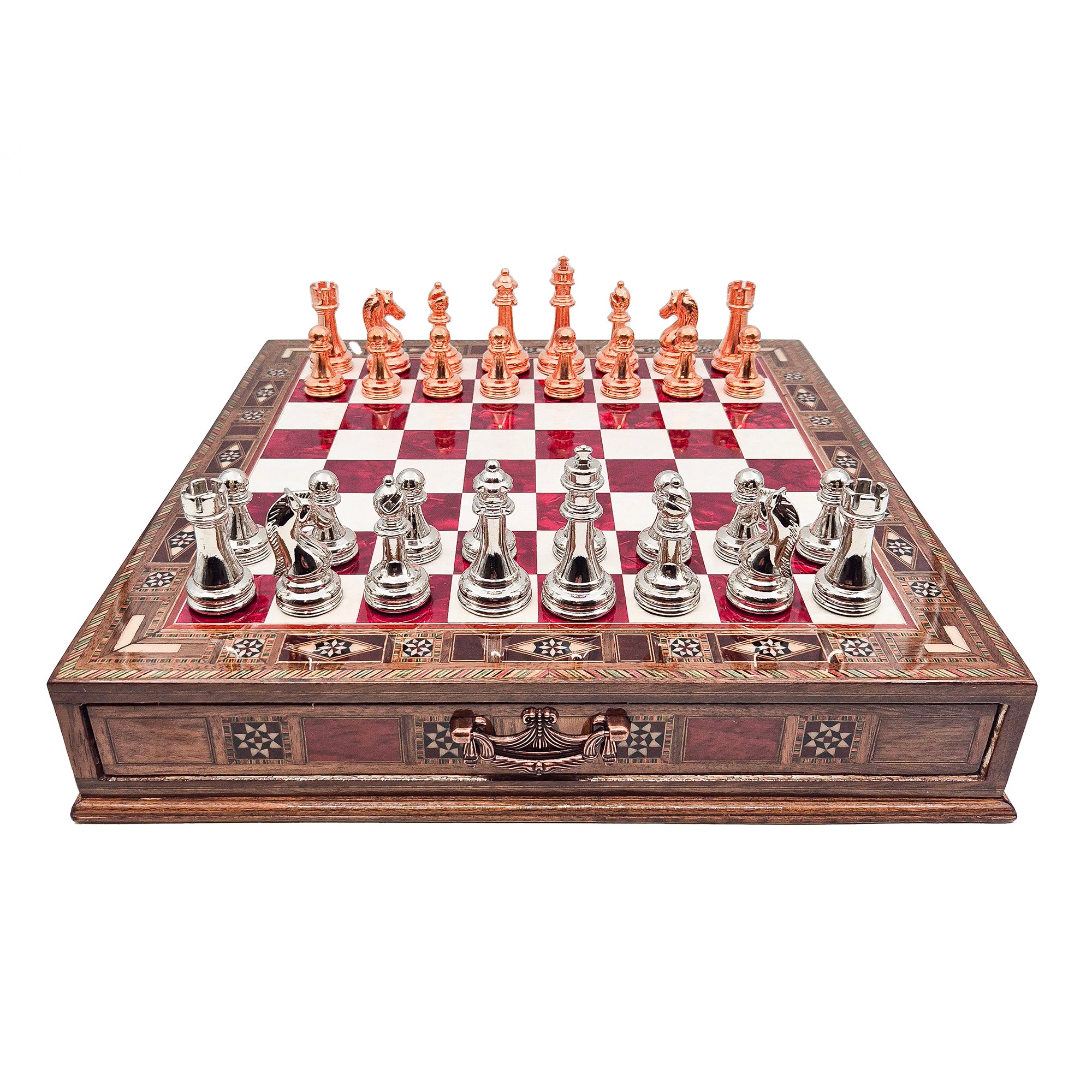
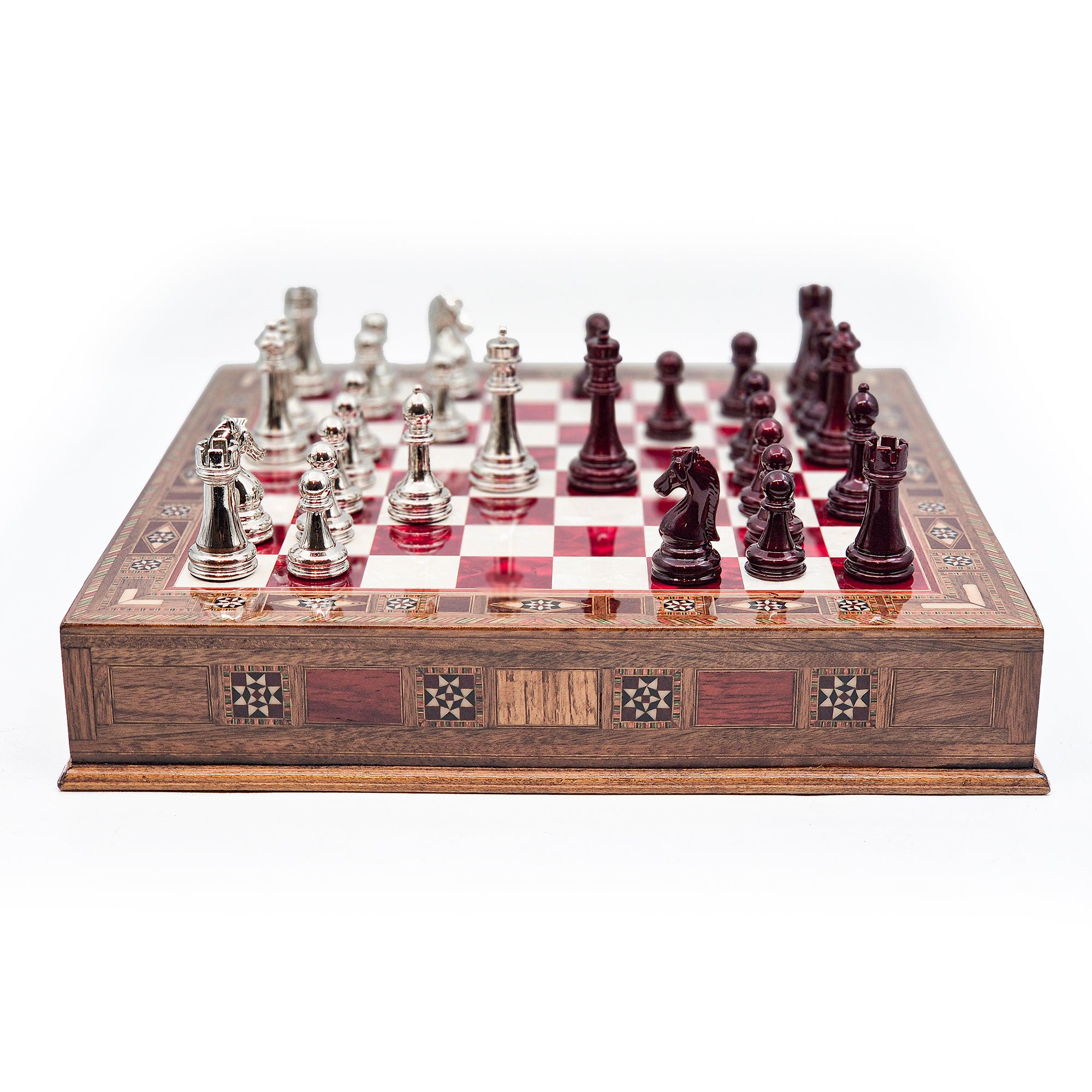
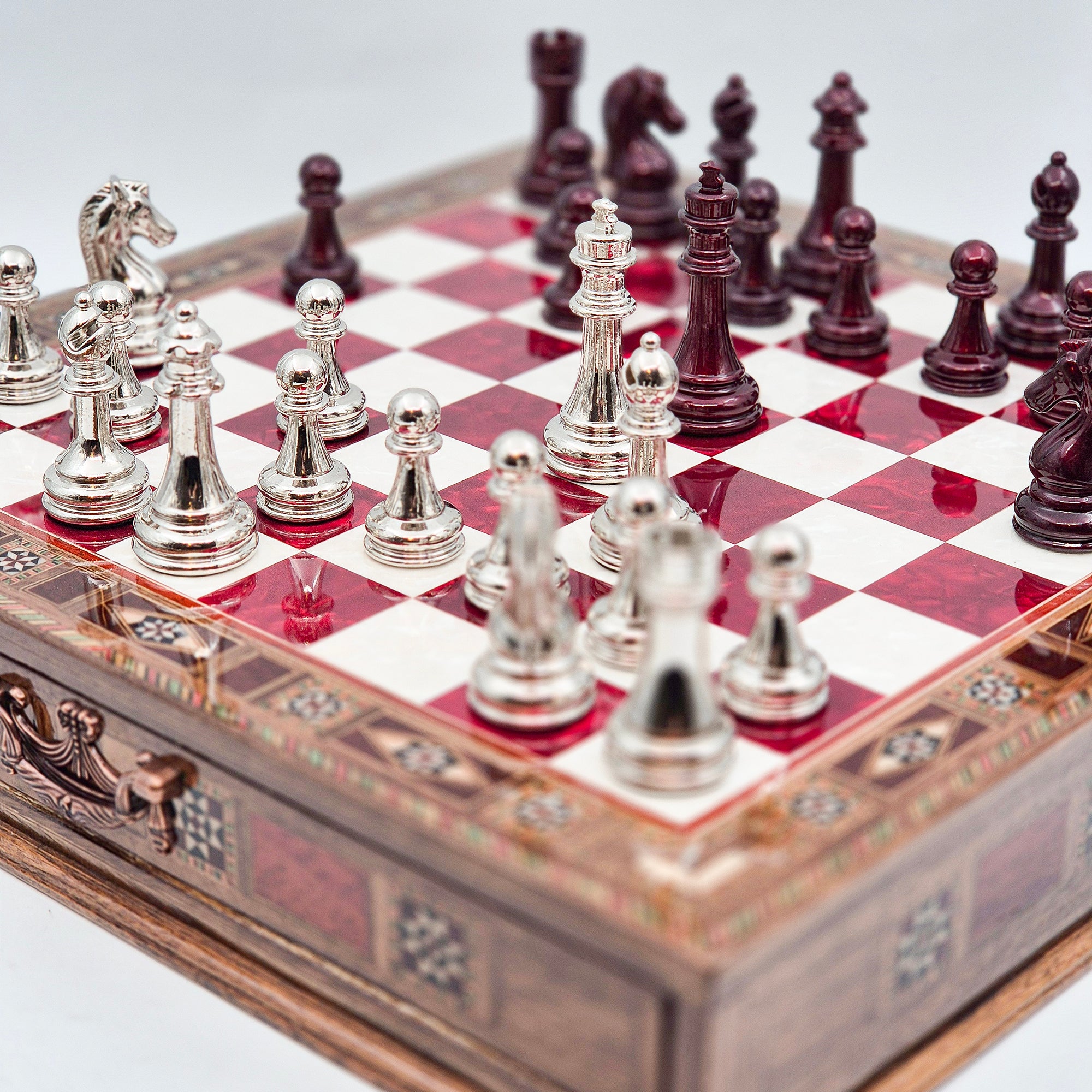
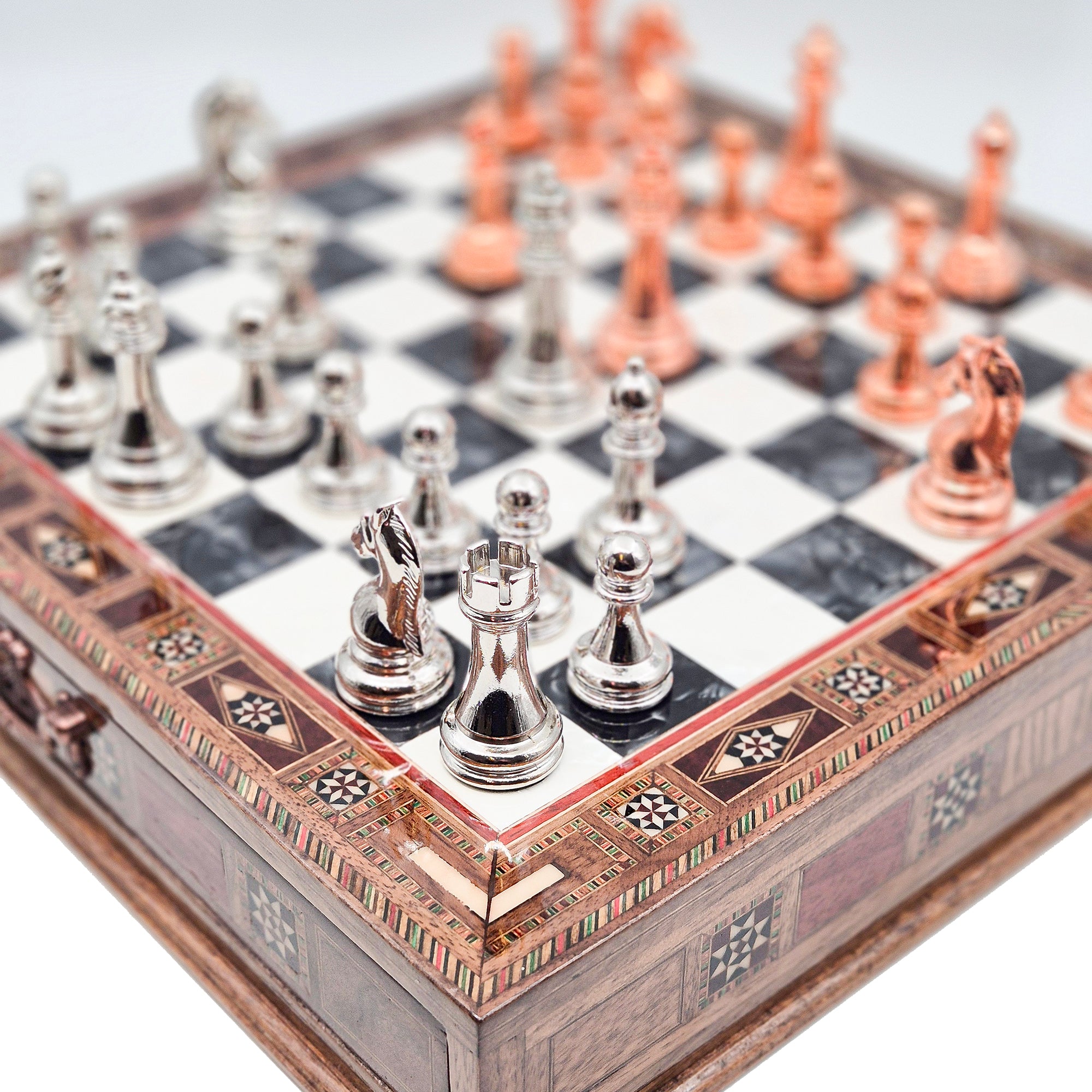
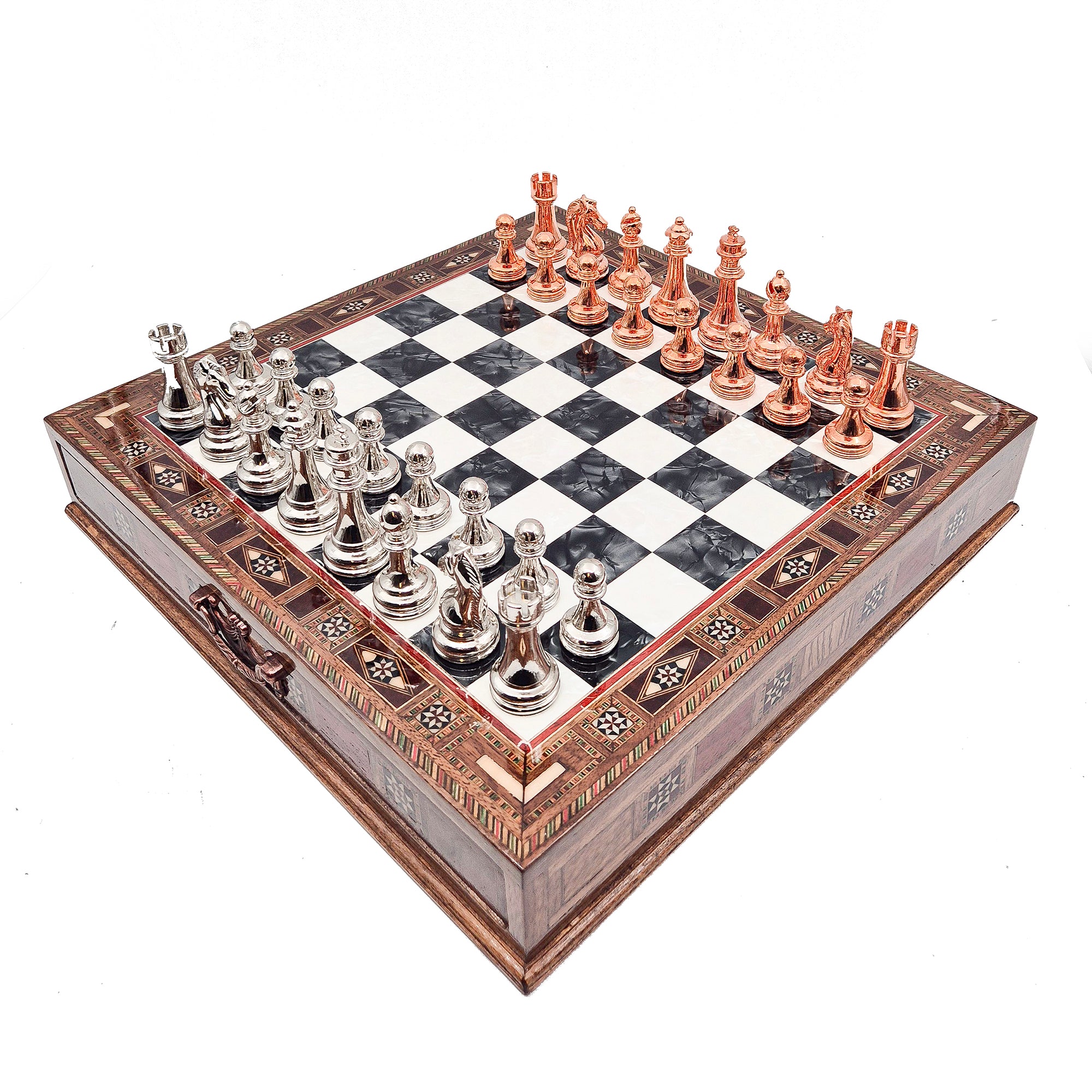


Leave a comment
All comments are moderated before being published.
This site is protected by hCaptcha and the hCaptcha Privacy Policy and Terms of Service apply.